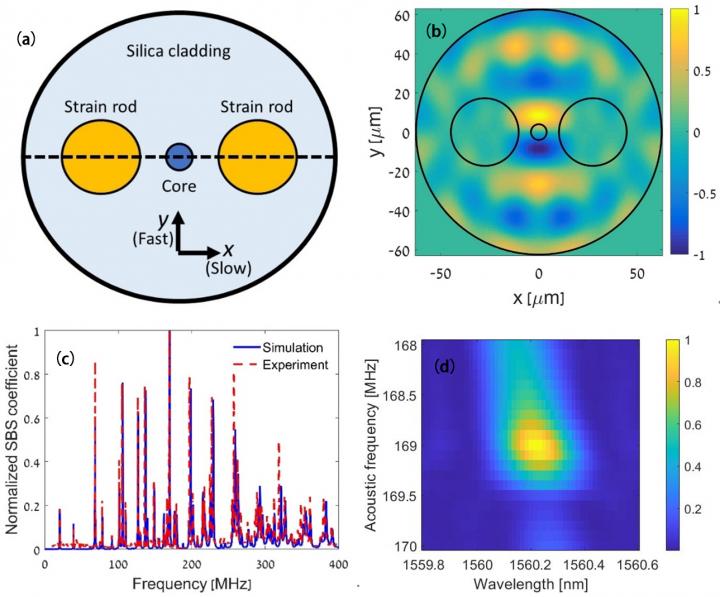The internet era that we live in depends completely on the transfer of vast information over optical fibers. Optical fibers are literally everywhere. In fact, the overall length of optical fibers installed on our planet is sufficient to reach planet Uranus and back. However, the transfer of information from point A to point B is not enough. The information that we send and receive must also be processed. Light waves take up an increasing role in addressing that task as well. In addition, optical fibers can do more for us than just relay information: They constitute an exceptional sensing platform. Optical fibers support measurements from a long stand-off distance, simply installed within structures, and suitable for hazardous environments. Optical fibers also support spatially distributed mapping, in which every section serves as an independent node of a sensory network. In both signal processing and sensing tasks, the operation of optical fibers can be significantly aided by an ex-factor that is initially surprising: ultrasound.
Prof. Avi Zadok from the Faculty of Engineering of Bar-Ilan University, Israel, explains: “We are accustomed to think of the propagation of light and ultrasound as two separate realms. However, this would be an oversimplification. The propagation of light down a fiber, for example, can excite ultrasonic elastic waves. At the same time, the same ultrasonic waves affect and scatter light.” Such inter-relation goes beyond an academic exercise. Prof. Zadok continues: “Ultrasound waves can make optical fibers do a better job. They can help us select specific information that belongs to specific users. They can also perform sensing measurements beyond the boundaries of the fiber itself, where light does not reach.” The formulation and employment of such interaction between light and sound waves is therefore of much potential consequence.
In a paper published recently in Light: Science and Applications [1], a team of researchers from Prof. Zadok’s group analyze and measure the interplay of light and ultrasound in a particularly interesting class of fibers. Doctoral student Gil Bashan explains: “The most standard optical fibers are called single-mode fibers. In those, the opportunities for tailoring the light-and-ultrasound interplay are rather limited. In this study we turned to fibers that are called polarization maintaining, or PM fibers. Such fibers are still readily available and employed on a very large scale, so there is no difficulty of gaining access to them. However, they give us more options to play with.”
They key factor in PM fibers is that like can propagate in two different ways. Gil Bashan continues: “Light that is polarized in the vertical direction inside the fiber takes up a certain speed, however light that is polarized in the horizontal direction takes up another one. This property of PM fibers was not meant to assist in ultrasonics. Nevertheless, we find it very interesting and useful for our purposes. When light can be either ‘fast’ or ‘slow’ along the PM fiber, we have more options to chose from, and larger freedom to design and employ the interplay of light and ultrasound.”
One particularly interesting result is the removal of symmetry between directions of propagation. Fellow student Hagai Diamandi describes what this means: “In standard conditions, light should propagate the same way either from left to right, or from right to left. The physics knows no difference. The ultrasonic waves supported by PM fibers are able to change that. Once introduced, they may lead to non-reciprocity. Light in one direction gets switched between the vertical and horizontal states, but that does not happen at the opposite direction of propagation.” Non-reciprocal propagation is fundamentally intriguing, but they may also assist in advanced sensor networks, as explained in [1]. Hagai Diamandi concludes: “There have been brilliant reports on non-reciprocal propagation of light due to ultrasound before. However previous demonstrations required specialty fibers or photonic circuits that are custom-made in research labs. These PM fibers come off the shelf.”
###
Media Contact
Avi Zadok
[email protected]
Related Journal Article
http://dx.





